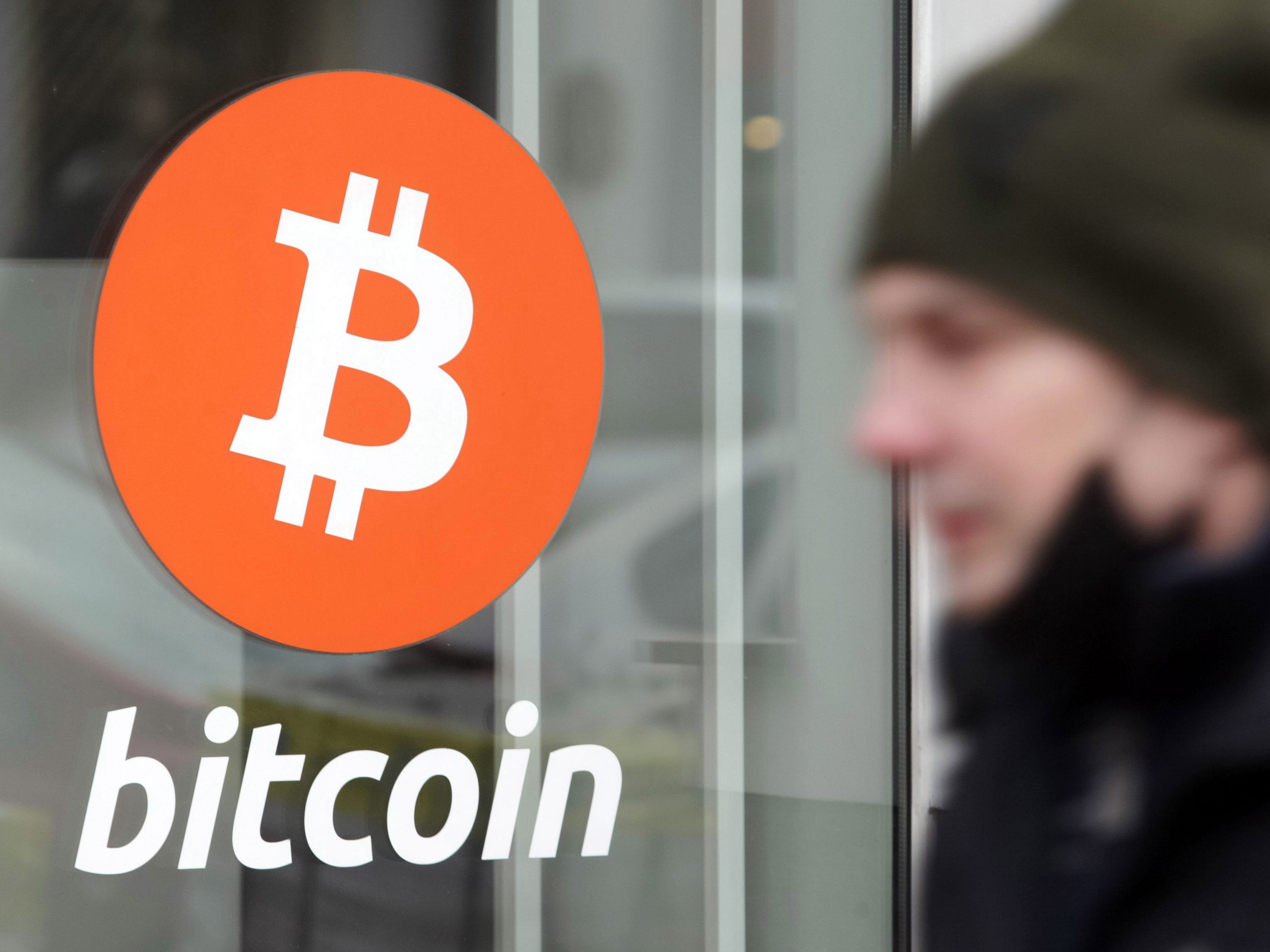- Bitcoin futures are in contango, which presents a potentially high-return, risk-free opportunity.
- The so-called basis trade exploits the discrepancy between Bitcoin’s spot and futures prices.
- Experts explain why this arbitrage opportunity exists and is unlikely to go away anytime soon.
For what has been known as a digital store of value, Bitcoin itself is a headache to store.
Stories of lost, forgotten, or stolen passwords locking holders out of their Bitcoin fortunes have kept some institutions on the sidelines and scared off other more traditional investors.
The lack of an ideal institutional custody solution for Bitcoin has also contributed to a steep futures curve.
This means the futures price of Bitcoin is higher than its spot price. In commodity parlance, Bitcoin is in contango, and this a situation where savvy traders can use arbitrage to lock in potentially fat but risk-free returns.
The trade itself is simple enough: Long spot Bitcoin, short the December future, wait for them to converge, and then pocket the spread as the payoff.
"The Bitcoin futures have been in contango ever since I can remember," Noelle Acheson, director of research for CoinDesk, said in an interview. "The basis trade, as they call it, is a well-known tactic for many institutions to make a profit."
Because the trade entails that investors simultaneously long and short an asset, it is fully hedged and essentially risk-free. On top of that, it has the potential to generate fat returns.
For example, at the close of trading on April 9, Bitcoin spot was at just above $58,300 while the December 2021 CME contract was over $63,000. A trader who decides to long spot Bitcoin and short December futures at these levels could theoretically pocket an 8% return when the two prices converge, according to Bloomberg.
Some investors might say that the 8% return pales in comparison to Bitcoin's over 800% return in the past year, but the emphasis here is the almost risk-free nature of the trade. Compared to the average traditional savings account in the US, which offers a paltry 0.04% interest rate per year, the 8% riskless profit is 200 times more cost-effective.
Why is the Bitcoin futures curve so steep?
As Bitcoin continues to attract institutional inflows, it is not a surprise to see BTC futures in hot demand, but experts agree that the steepness of the curve is driven by more than just bullish sentiment.
Currently, bitcoin futures products, which stand at $20 trillion, trade on a "highly fragmented ecosystem" of nearly 30 active venues, with just 15% of the total open interest listed on big, regulated venues like the CME, Josh Younger, a rates derivative strategist at JPMorgan, said in a Friday research note.
The basis trade delivers even bigger returns when investors move to less regulated exchanges such as FTX, Huobi, and Binance, where investors have earned 40% returns, according to CoinDesk.
Meanwhile, speculative investors have continued to gain economic exposure to Bitcoin through futures. Citing data from the Commodity Futures Trading Commission, Younger found that leveraged traders have now become increasingly net short exposure to BTC futures over the past few months, while smaller funds and retail investors take the long side of the bet.
These leveraged traders, which are mostly hedge funds, are also executing the basis trades but need the cash to buy spot Bitcoin. Because the spread is so attractive and the trade is almost risk-free, they are sometimes willing to pay a double-digit rate for a loan from crypto lending firms.
This dynamic has enabled crypto lenders such as BlockFi and Genesis to offer double-digit interest rates to their depositors amid a broader lack of cash and credit in the market, according to Bloomberg.
The volatility of the trade
With Coinbase going public this week, Bitcoin has surpassed another record high of $64,000, but the spread between the digital token's spot and futures prices has narrowed.
As of 15:06:41 central time on Tuesday, the December 2021 CME contract was $64,865, while the spot price was around $63,176, which means the riskless return would have been around 2.7%, a decline from the 8% traders would have locked in last Friday.
But Bitcoin watchers are familiar with the token's notorious volatility, which is now also part of the trade. For example, on March 25, the spread was as high as 11% when Bitcoin spot was trading at around $52,001 and the December contract was $57,685.
Enterprising investors can theoretically wait for the spread to widen and lock in the most profitable Bitcoin spot and futures prices. There is just one complication for US-based traders.
While some traditional banks in the US have dipped their toes into Bitcoin, most are still wary of lending cash to customers for crypto trading.
"It's more complicated for retail investors based in the US, for sure, but it's not impossible," CoinDesk's Acheson said. "It's pretty easy for retail investors based outside of the US, but they have access to much higher potential returns to the leverage that they get on the derivative exchanges. They'll probably be more likely to pay the leverage and take long positions."

